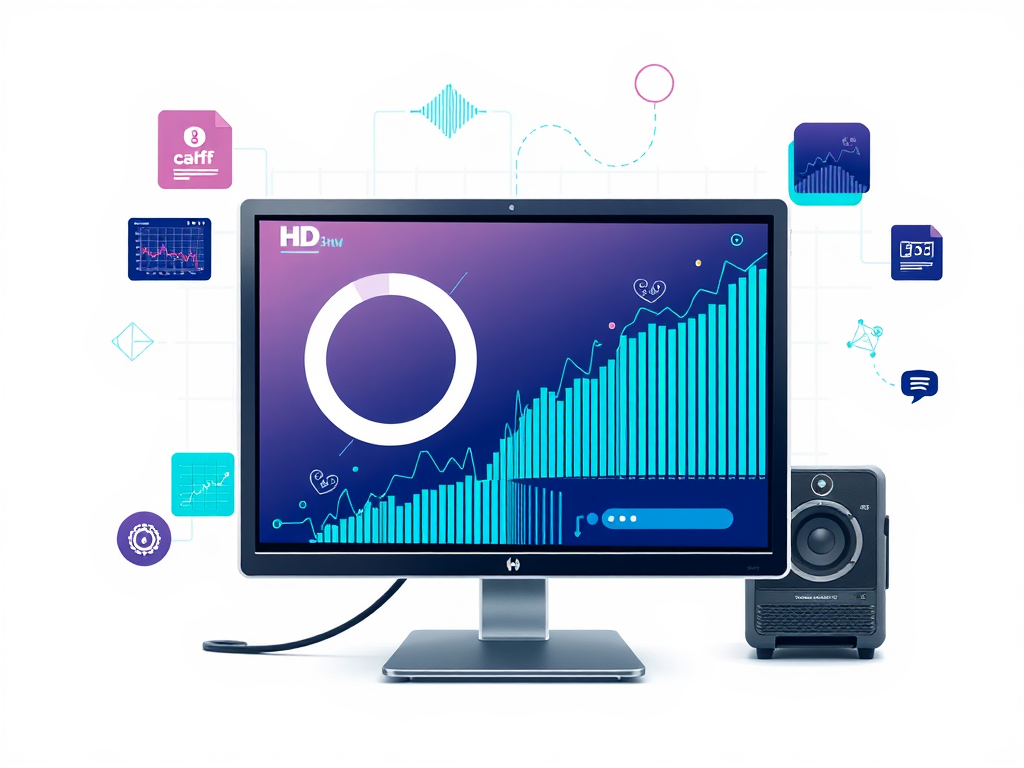Essential Maintenance for Prolonging Computer Longevity
Proper hardware maintenance is fundamental to increasing computer lifespan and ensuring smooth operation. One of the most critical tasks is routine physical cleaning. Dust buildup inside desktops or laptops can obstruct airflow and cause components to overheat. Regularly removing dust from vents, fans, and internal surfaces prevents this and supports efficient computer care.
Maintaining adequate ventilation and temperature control is equally important. Computers generate heat during use, which must be dispersed effectively to avoid hardware damage. Using cooling pads for laptops or positioning desktops in well-ventilated areas helps keep temperatures within safe limits, directly contributing to longer computer longevity.
Also to read : Exploring the impact of uk’s latest computing hardware innovations on worldwide tech trends
Additionally, regularly inspecting and replacing aging parts—such as cooling fans, batteries, and thermal paste—can prevent unexpected failures. Thermal paste, in particular, deteriorates over time, reducing heat transfer efficiency and causing components to run hotter. Renewing it periodically is a practical step in prolonging hardware life and avoiding costly repairs by sustaining optimal operating conditions.
Software Optimization for Enhanced Performance
Fine-tuning your system through software optimization plays a vital role in maintaining peak computer performance. One fundamental step is keeping your operating system and applications up to date. Regular updates fix security vulnerabilities and improve stability, helping to speed up your computer and prevent crashes.
In the same genre : Exploring the impact of uk computing hardware on cloud computing’s evolution
Managing startup programs is another key practice. Many applications launch automatically, consuming valuable resources and slowing boot times. Disabling unnecessary startup items frees memory and CPU power, resulting in faster performance and smoother operation.
Disk cleanup and defragmentation are essential components of operating system maintenance. Removing temporary files, cache, and unused applications maximizes storage efficiency. Defragmenting mechanical hard drives rearranges data for quicker access, reducing load times. Solid-state drives (SSDs) typically do not require defragmentation but benefit from regular health checks.
Organizing files into folders and removing duplicates also aids system responsiveness. A cluttered or fragmented storage system can slow down access speeds and impact overall computer performance. Adopting these optimization practices ensures your device operates reliably while extending its functional lifespan—key aspects of comprehensive computer care.
Smart Usage Habits to Prevent Wear and Tear
Protecting your computer through mindful everyday actions
Practicing safe computer usage directly helps preserve your computer hardware and extend its usable life. Utilizing power settings effectively—such as enabling sleep mode during inactivity—reduces unnecessary strain on components and lowers energy consumption. This computer best practices approach not only saves power but also prevents overheating and premature wear.
Handling and transporting laptops with care is essential. For instance, always using padded cases during travel protects delicate screens, hinges, and internal parts from physical shocks. Avoiding abrupt movements and keeping devices on stable surfaces prevents damage to ports, keyboards, or internal connections that might arise from impacts or pressure.
Additionally, being gentle with keyboards and screens limits long-term wear. Pressing keys lightly and cleaning displays with appropriate materials minimize deterioration. These safe computer usage habits, combined with regular maintenance, provide a comprehensive strategy to preserve computer hardware.
Ultimately, adopting these simple yet effective computer best practices safeguards essential components, helping you avoid costly repairs and ensuring your device remains reliable across years of use.
Protecting Against Malware and Security Threats
Malware prevention is a critical aspect of comprehensive computer care. Installing and consistently updating reliable antivirus and anti-malware software is the first line of defense to protect your computer from evolving cybersecurity threats. These programs detect, quarantine, and remove malicious code, helping maintain system stability and security.
Safe browsing habits are equally important. Avoid clicking suspicious links or downloading attachments from unknown sources, as these are common vectors for malware infections. Email vigilance also plays a role; phishing attempts often mimic legitimate messages but aim to compromise your security. Practicing safe browsing and scrutinizing emails reduces the risk of malware intrusion.
Regular backups are essential to safeguard valuable data. In case malware or ransomware infects your system, having updated backups allows you to restore files without paying ransoms or losing important information. Combining effective malware prevention, cautious online behavior, and dependable backups forms a robust strategy to protect your computer against security threats and maintain its longevity.
Deciding When to Upgrade or Replace Components
Small choices that make a big difference in computer upgrades
Knowing when to pursue hardware replacement is critical for maintaining optimal performance and extending your device’s usability. Common signs include frequent crashes, sluggish operation despite software optimization, and overheating that persists after proper computer care. Troubleshooting aging hardware requires identifying underperforming components rather than immediately replacing the entire system.
The most cost-effective upgrades often target bottlenecks: increasing RAM improves multitasking; installing solid-state drives (SSDs) drastically speeds up startup and application loading times; upgrading graphics cards enhances gaming and design performance. Prioritizing these components can deliver significant performance boosts with reasonable investment.
Balancing upgrade expenses against expected gains is essential. If multiple aging parts need replacement or compatibility issues arise, a full system replacement may be more economical in the long run. Careful evaluation of hardware condition combined with your usage needs guides the decision between upgrades or complete replacement—ensuring continued computer performance without unnecessary spending.







